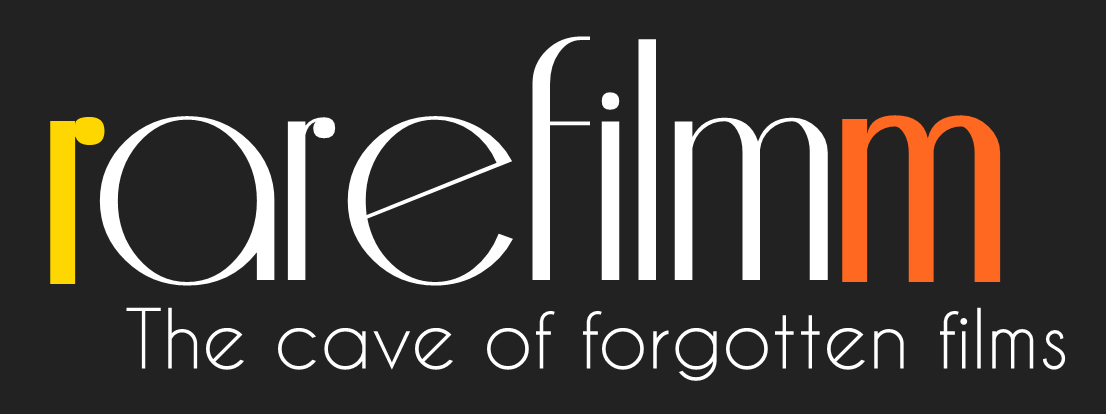——UPGRADED——
Extremely controlled and somewhat austere, Akerman’s contribution to the landmark television series Tous les garçons et les filles de leur âge holds true to its title as it hews closely to its moody protagonist, Michèle, a headstrong high schooler and aspiring writer who confesses that her exterior “joie de vivre” masks her inner suffering. Deciding to abandon her studies and her family, she naturally heads to the cinema, where she meets a handsome French deserter from a hoity family. For the rest of the day they meander through the streets of Brussels, oscillating between desire and despair.
